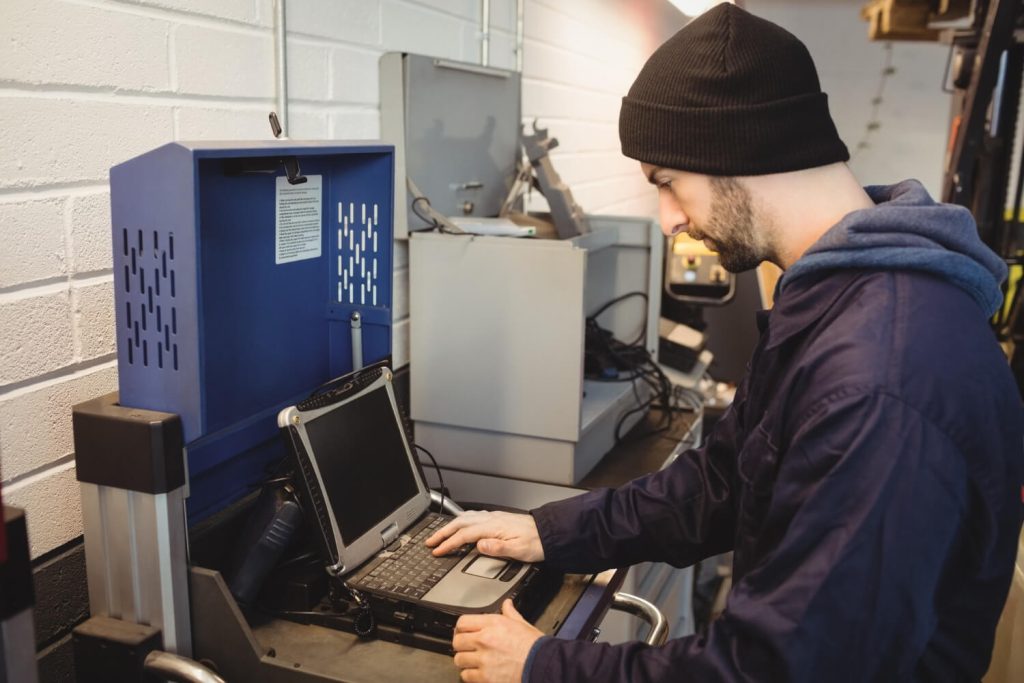Traceability in welding is a key requirement in sectors such as construction, automotive, and the petrochemical industry. Managing inspection records, materials, and procedures manually can lead to errors and delays. Specialized software allows centralizing information, ensuring precise control and greater efficiency.
What is welding traceability?
Welding traceability is the process of documenting each stage of a weld, from material selection to final inspection. This ensures that the work complies with quality and safety standards, preventing structural problems or production failures.

Benefits of welding traceability software
Data centralization
The software allows storing all relevant information in a single system, such as material certificates, welding parameters, inspection records, and non-destructive testing results. This reduces document dispersion and improves access to information.
Error reduction
Manual systems can result in incorrect records or misplaced documents. Software automates data capture, minimizing human errors and ensuring that documentation is always up to date.
Regulatory compliance
Welding projects must comply with standards such as ISO 3834, ASME, and AWS. Traceability software facilitates report generation and verification of each weld based on established requirements.
Time optimization
Automating document management reduces the time needed to review records and prepare audits. Work teams can access real-time information, avoiding delays in decision-making.
Improved resource management
Detailed tracking of welding consumables and equipment optimizes material use and prevents waste. It also facilitates maintenance planning to ensure the availability of tools in optimal conditions.
Key features of welding traceability software
Welding record
The system should allow documenting each weld with details such as joint type, position, process used, and responsible welder.
Material management
It is essential to have a module that records material batches, quality certificates, and technical specifications.
Procedure control
The software should enable the assignment and verification of welding procedures (WPS) and welder qualifications (WPQ).
Integration with non-destructive testing
For complete traceability, the system must include inspection management using methods such as radiography, ultrasound, or penetrant testing.
Report generation
Automatic reports streamline audits and reviews, facilitating the delivery of documentation to clients or certifiers.
Remote access and security
Having access to information from different devices and ensuring data protection is key to operational efficiency.
How to choose the best welding traceability software
Evaluate project needs
Each company has specific requirements. It is important to analyze whether a system is more oriented towards inspection, document management, or work planning.
Compliance with regulations
The software must be designed to meet applicable quality and safety standards for the industry.
Ease of use
An intuitive interface reduces team adaptation time and facilitates system implementation.
Support and updates
Having technical support and continuous improvements in the software ensures its long-term functionality.
Integration capability
The system should be able to connect with other management tools used in the company, such as ERP or production control platforms.

The use of welding traceability software improves documentation management, reduces errors, and optimizes inspection processes. Having a specialized solution ensures work quality and compliance with industry standards.
Implementing this technology not only facilitates control of each weld but also improves operational efficiency and reduces audit times. Companies looking to optimize their traceability can significantly benefit from these digital tools.






